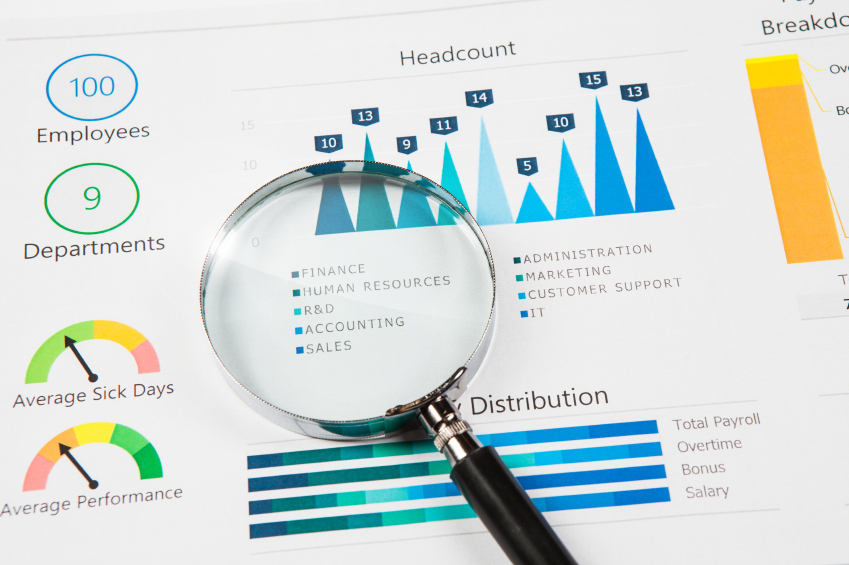Wikipedia defines Cash flow as the movement of money into or out of a business, project, or financial product. It is usually measured during a specified, limited period of time.

Metrics that matter – cash flow management is a key area
Measurement of cash flow can be used for calculating other parameters that give information on a company’s value and situation.
- To determine a project’s rate of return or value. The time of cash flows into and out of projects are used as inputs in financial models such as internal rate of return and net present value.
- To determine problems with a business’s liquidity. Being profitable does not necessarily mean being liquid. A company can fail because of a shortage of cash even while profitable.
- As an alternative measure of a business’s profits when it is believed that accrual accounting concepts do not represent economic realities. For instance, a company may be notionally profitable but generating little operational cash (as may be the case for a company that barters its products rather than selling for cash). In such a case, the company may be deriving additional operating cash by issuing shares or raising additional debt finance.
- Cash flow can be used to evaluate the ‘quality’ of income generated by accrual accounting. When net income is composed of large non-cash items it is considered low quality.
- To evaluate the risks within a financial product, e.g., matching cash requirements, evaluating default risk, re-investment requirements, etc.
The symptoms of cash flow problems.
There are many reasons a business can suffer cash flow problems – some are down to mismanagement and poor decisions, and in some cases factors outside of your control.
Any of the following symptoms can indicate that a business is experiencing cash flow problems:
- Up to overdraft limit – no headroom / returned payments
- Stretching to pay salaries each month
- Trade creditor arrears
- Taxation arrears
- Rent arrears
- No working capital ‘buffer’ – surviving day to day
- Negative working capital on balance sheet
- Lack of funds for remedial action (redundancies / premises relocation)
- Lack of profitability – insufficient to support owner / manager’s lifestyle
- Unable to pay for professional advice on remedial action
Tools and Additional Resources
The good news is that even if you aren’t a cash flow management expert, there are lots of tools and resources available to you to positively impact on the management of cash in your business.
Of course the first is your accounting or ERP software…a good solution like MYOB Advanced includes standard reports and alerts that help you proactively manage and forecast cash flow peaks and troughs.
Here’s a selection of additional tools and resources you may find helpful.
Cash Flow Improvement Calculator
Recovering from Cash Flow Challenges Infographic
[pdf-embedder url=”https://www.leveragecloudtech.com.au/wp-content/uploads/2015/12/Cashflow-problems-infographic.pdf”]
Cash Flow Management and Business Planning Guidance








Leave A Comment